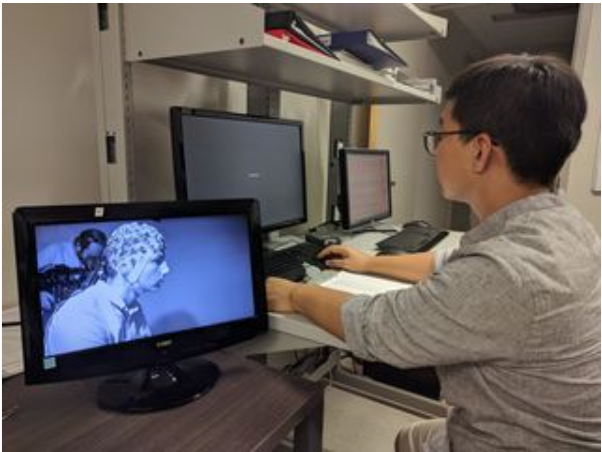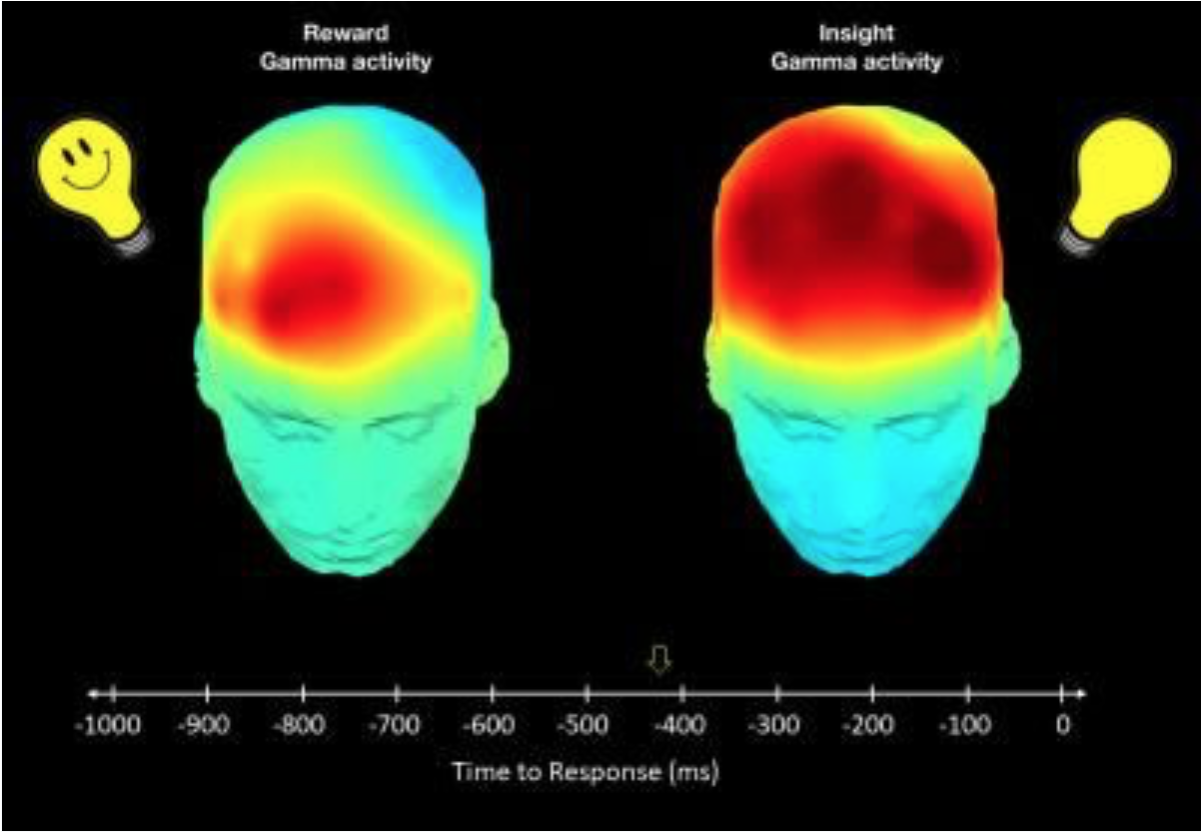Release time: 2020-04-15 09:16
New Study Reveals Why "Aha!" Moments Can Feel Orgasmic
"Aha!" moments can trigger neural reward signals that cause a rush of pleasure.
Most of us are familiar with the distinctive feeling of having an "Aha!" moment. Suddenly, in a flash of insight, a puzzling problem that was difficult to solve makes perfect sense as all the pieces fall into place.
Aha-moment solutions can be rewarding and tend to feel good. Although the general feeling of having an aha moment may be universal, new research on the evolutionary development of creativity suggests that some people may get a more intense rush of pleasure from aha moments than others.
A recently published neuroimaging study (Oh et al., 2020) from Drexel University offers fresh clues about how insight-related neural reward signals may have driven the evolutionary development of creativity. This open-access paper appears in the July 2020 issue of NeuroImage.

Yongtaek Oh, a doctoral candidate at Drexel University, is the first author of this study. John Kounios, psychology professor and director of Drexel's Creativity Research Lab, is the study's senior author.
According to this new research from the Creativity Research Lab, for people who rate higher on the "reward sensitivity" scale, creative insights (i.e., aha-moment solutions) trigger a burst of "gamma" EEG activity in the brain's reward system. This insight-related reward signal is akin to the neural reward signals triggered by orgasmic ecstasy, delectable food, thirst-quenching beverages, and other pleasurable experiences.
For this study, the researchers used high-density electroencephalograms (EEGs) to measure brain activity as test subjects tried to solve an anagram puzzle that required unscrambling different letters to identify a hidden word.
Solving these anagram puzzles required an insight-related solution that would suddenly pop into awareness like an aha moment. The millisecond a study participant solved a puzzle, he or she would push a button to flag precisely when the "aha moment" occurred. The EEG monitored real-time brain activity throughout this puzzle-solving process.

Test subjects also filled out a questionnaire designed to measure each person's degree of "reward sensitivity." According to the researchers, reward sensitivity is "a basic personality trait that reflects the degree to which an individual is generally motivated to gain rewards rather than avoid losing them."
The horizontal axis shows time, in milliseconds, counting down to the button-press that test-subjects made (at 0 milliseconds) immediately upon solving an anagram puzzle. Maps of high-frequency "gamma" EEG activity are projected on to two head models. The map on the right shows activity associated with insight solutions minus activity associated with non-insight solutions. The appearance of the lightbulb marks the onset time of the insight-related activity recorded over the left prefrontal cortex. The map on the left shows the reward-related activity recorded over the right prefrontal cortex in individuals who are high in reward sensitivity. This reward signal is marked by the appearance of a lightbulb with a smiley face at about 460 milliseconds before the button-press.Source: Image credited to Drexel University
This animation of the image above shows insight-related brain activity followed by neural reward-related activity.
Kounios and his team found that study participants who rated high in reward sensitivity experienced the sudden emergence of an aha-moment solution as intensely rewarding. About a tenth of a second after having an aha moment, highly reward-sensitive people showed an additional burst of high-frequency gamma waves in the orbitofrontal cortex, which is part of the brain's reward system.
Notably, those who rated low in reward sensitivity experienced aha moments as "sudden and attentionally salient but lacking in hedonic content." They also didn't have the same burst of gamma activity in the orbitofrontal cortex as those who were more reward sensitive.
Based on these findings, the researchers speculate that some people become intrinsically motivated to pursue problem-solving activities that trigger high-frequency gamma activity immediately after having an aha moment. As the authors explain:
"The fact that some people find insight experiences to be highly pleasurable reinforces the notion that insight can be an intrinsic reward for problem solving and comprehension that makes use of the same reward circuitry in the brain that processes rewards from addictive drugs, sugary foods, or love."
Is creativity as critical to the survival of our species as eating, drinking, and procreation? "Innovative ideas and solutions have enabled our species to survive existential threats and thrive. Yet, creativity cannot be necessary for survival because many species that do not possess it have managed to flourish far longer than humans," the authors said in a news release.
"The fact that evolution has linked the generation of new ideas and perspectives to the human brain's reward system may explain the proliferation of creativity and the advancement of science and culture," Kounios added.
"These results may explain why many people choose to engage in insight-generating recreational and vocational activities such as solving puzzles, reading murder mysteries, creating inventions, or doing research," the authors conclude. "This insight-related reward signal may be a manifestation of an evolutionarily adaptive mechanism for the reinforcement of exploration, problem-solving, and creative cognition."

Christopher Bergland is a world-class endurance athlete, coach, author, and political activist.
Online:
Twitter, Facebook
psychology today